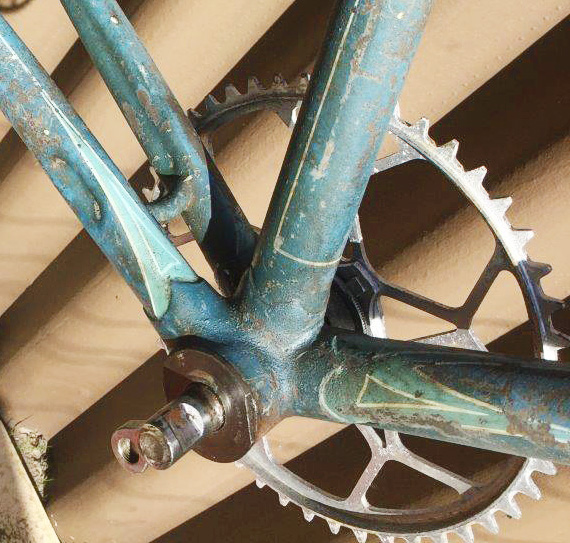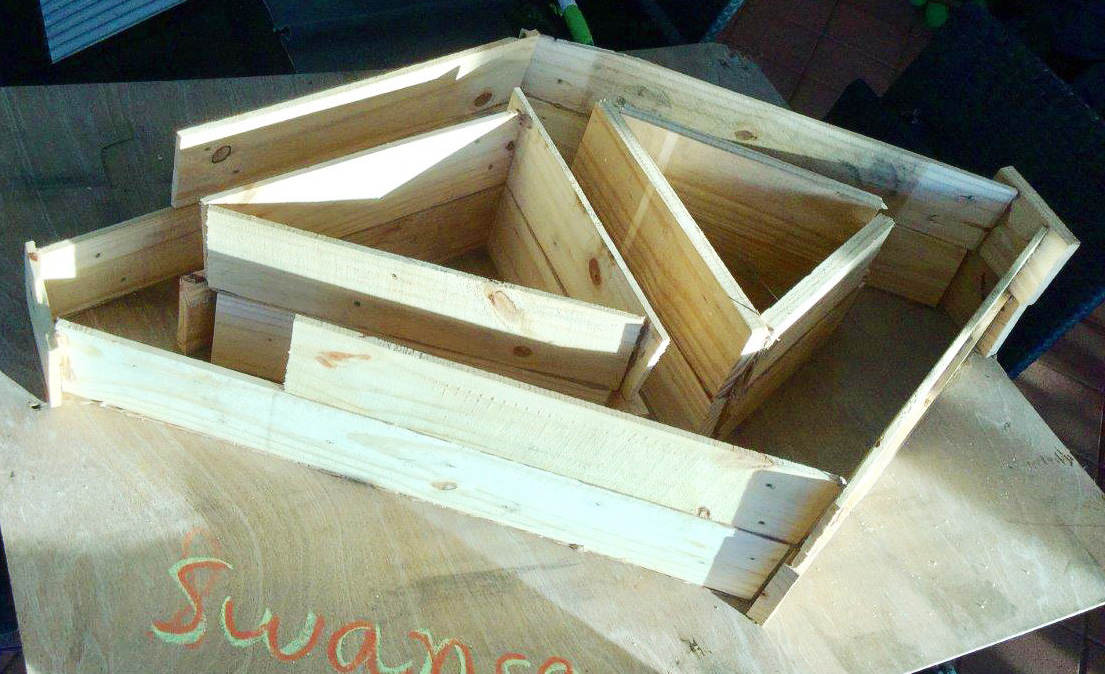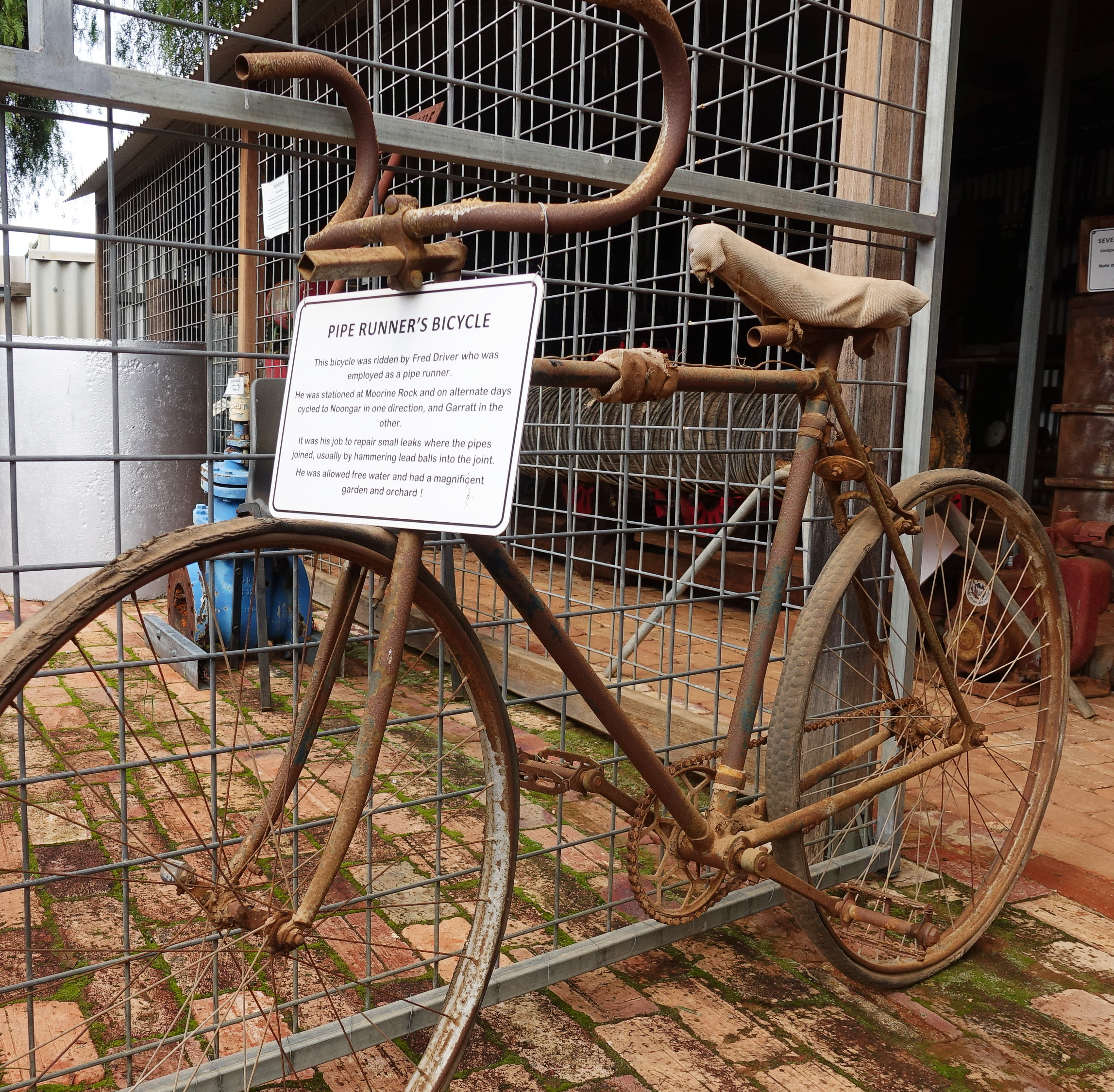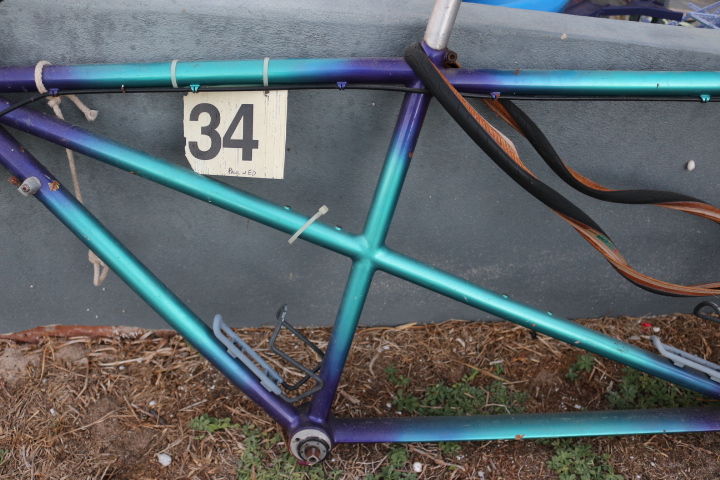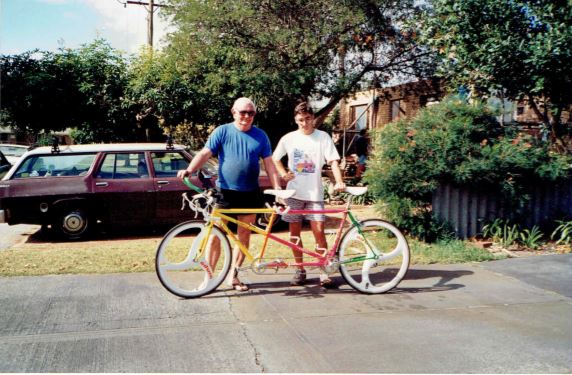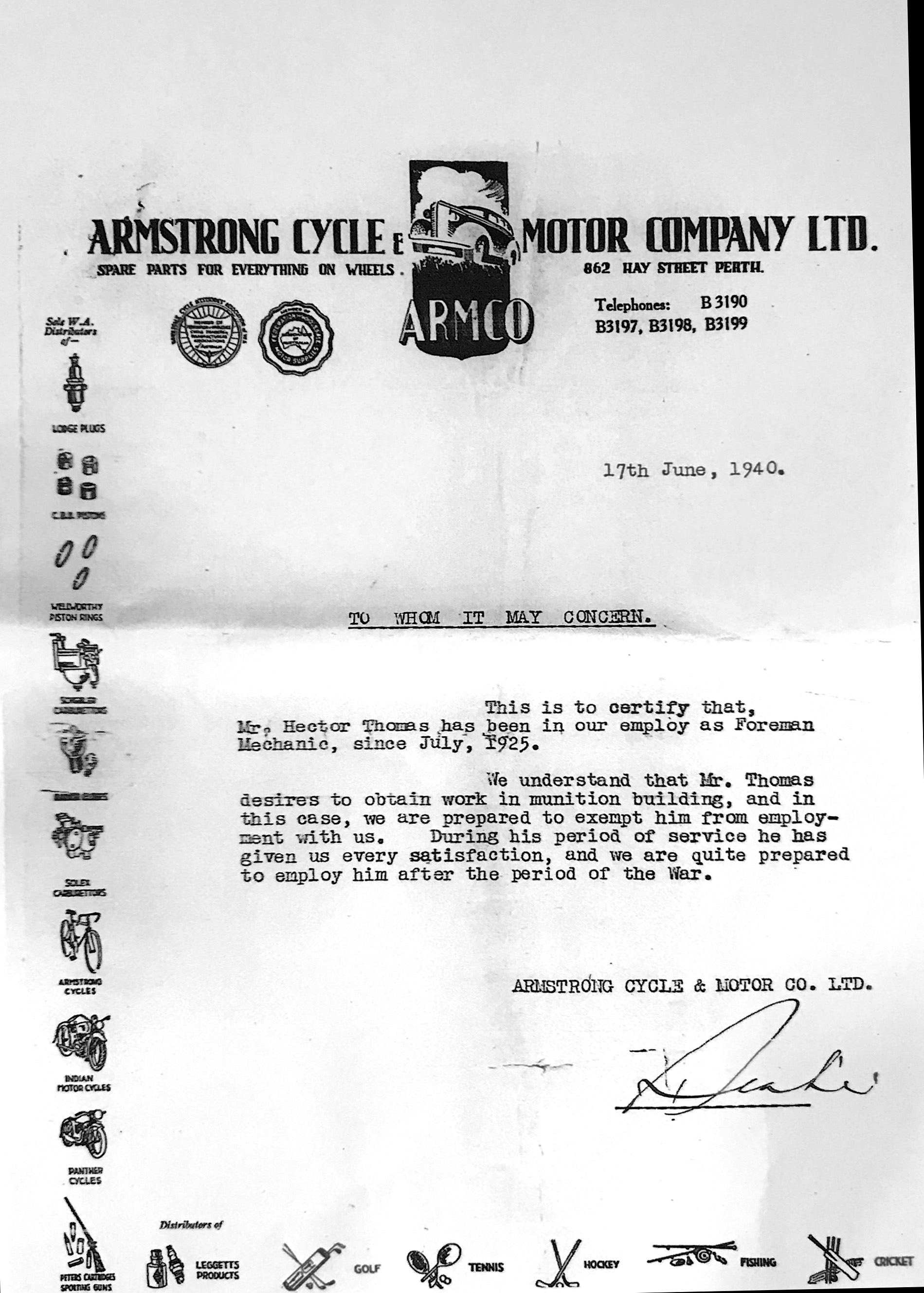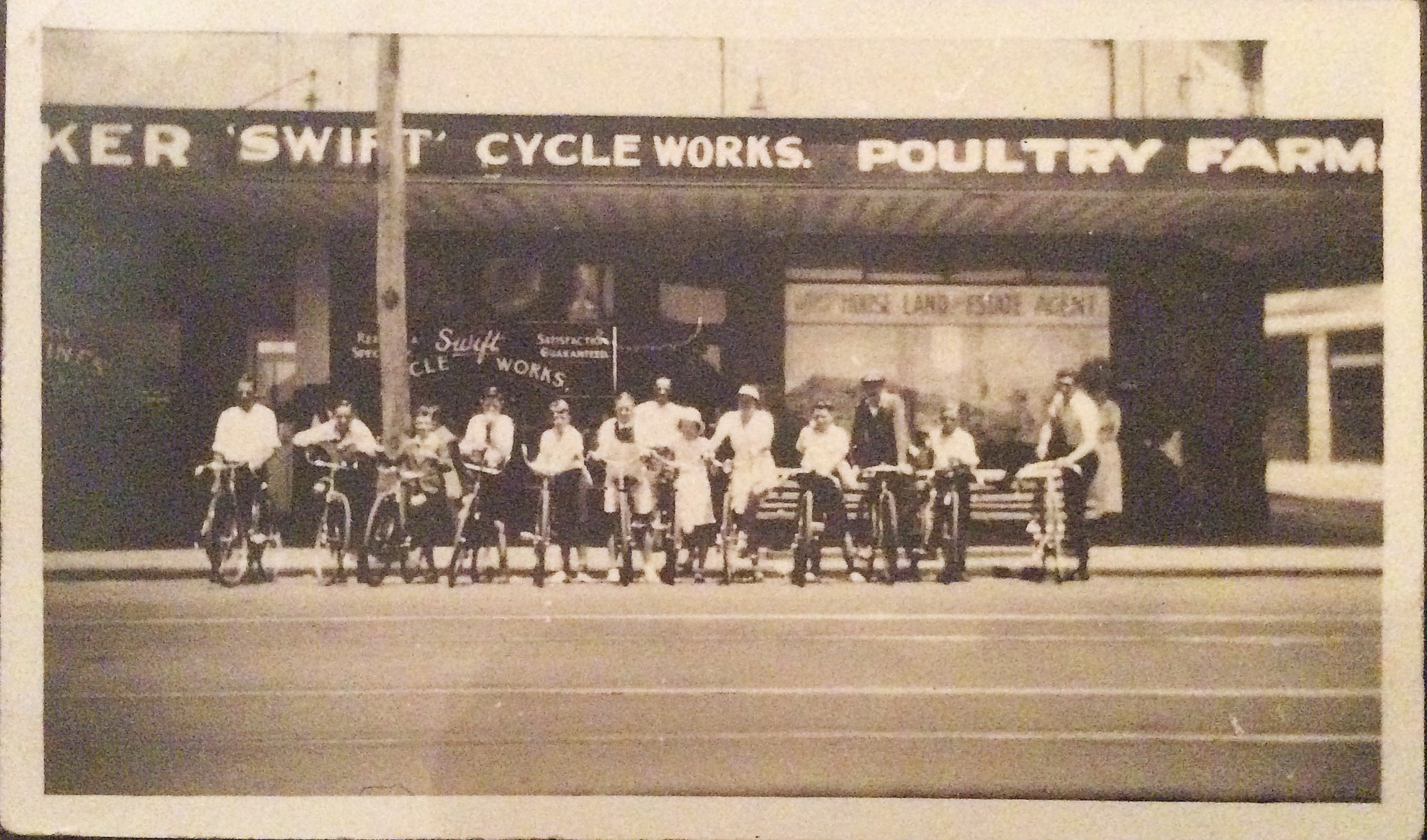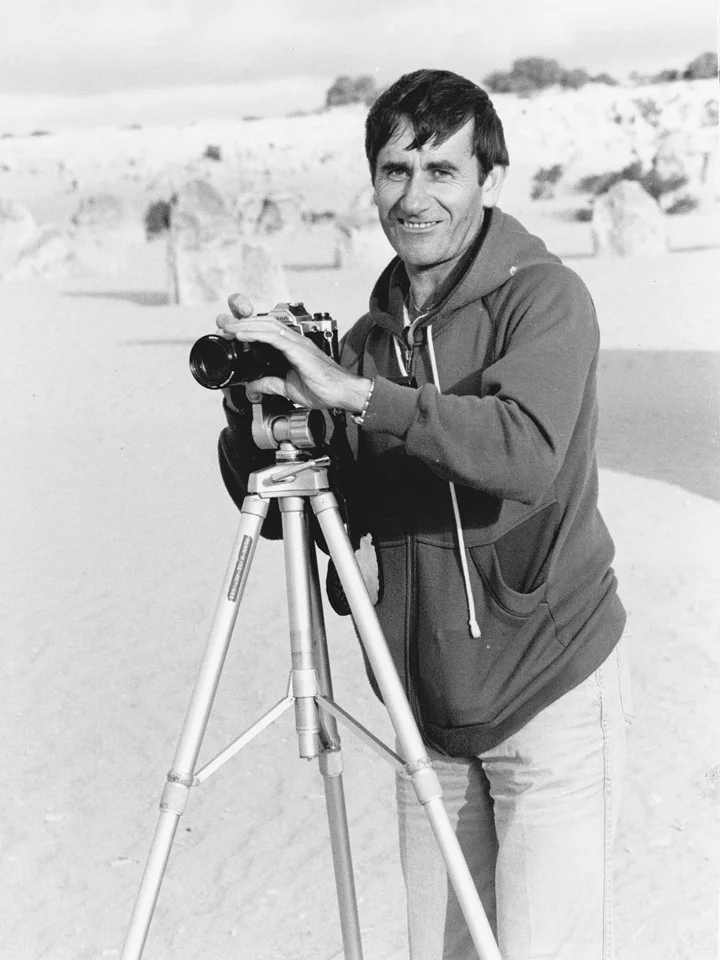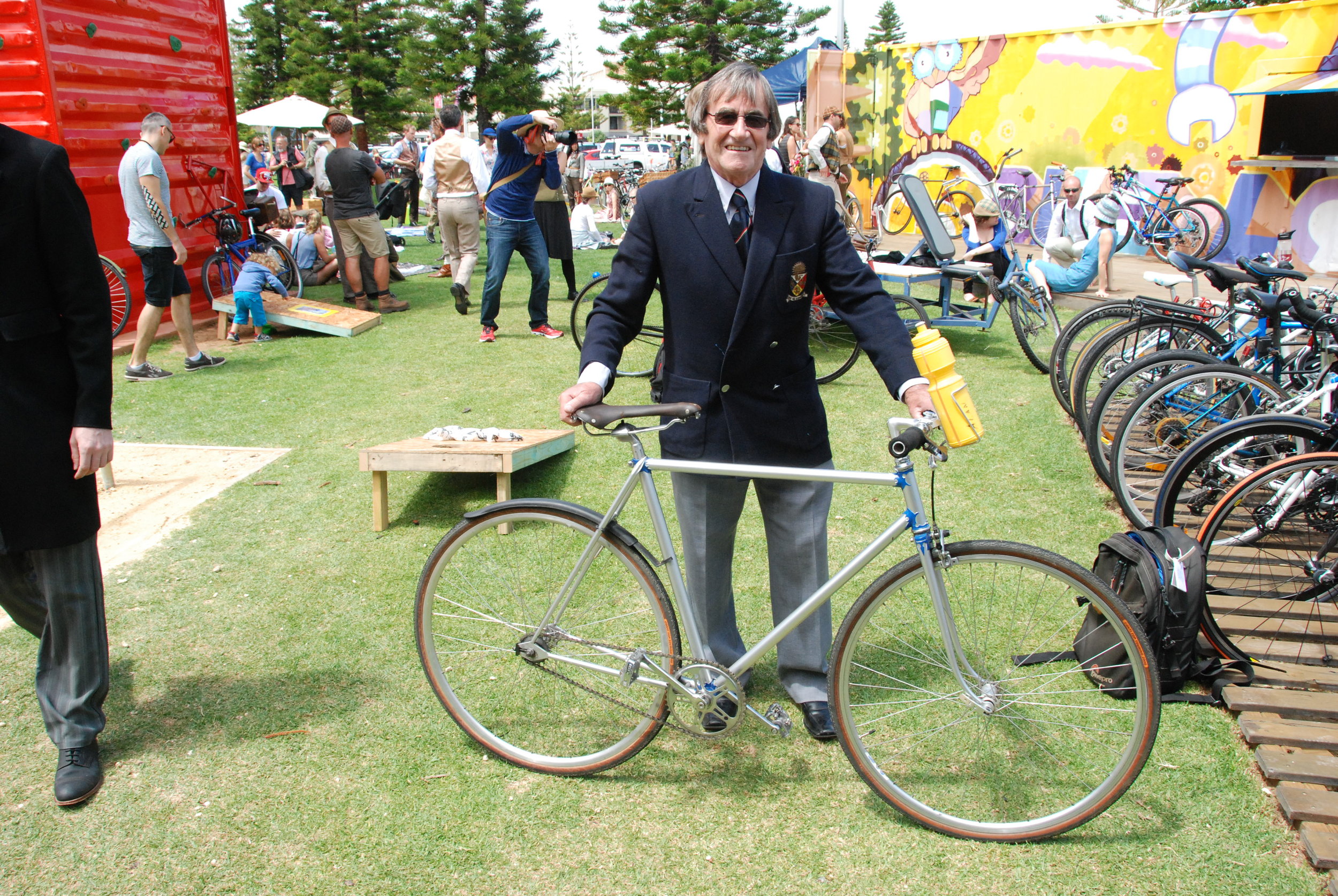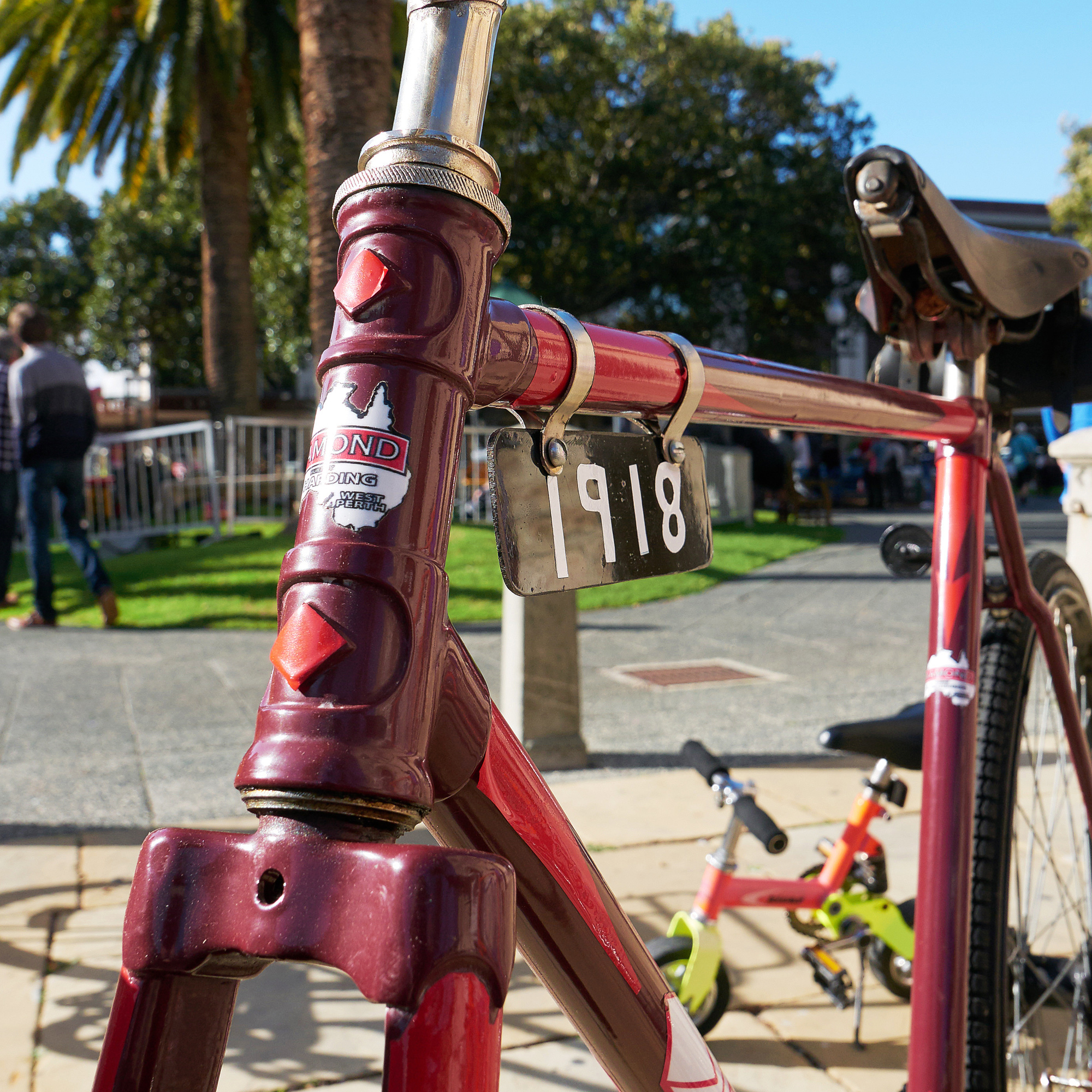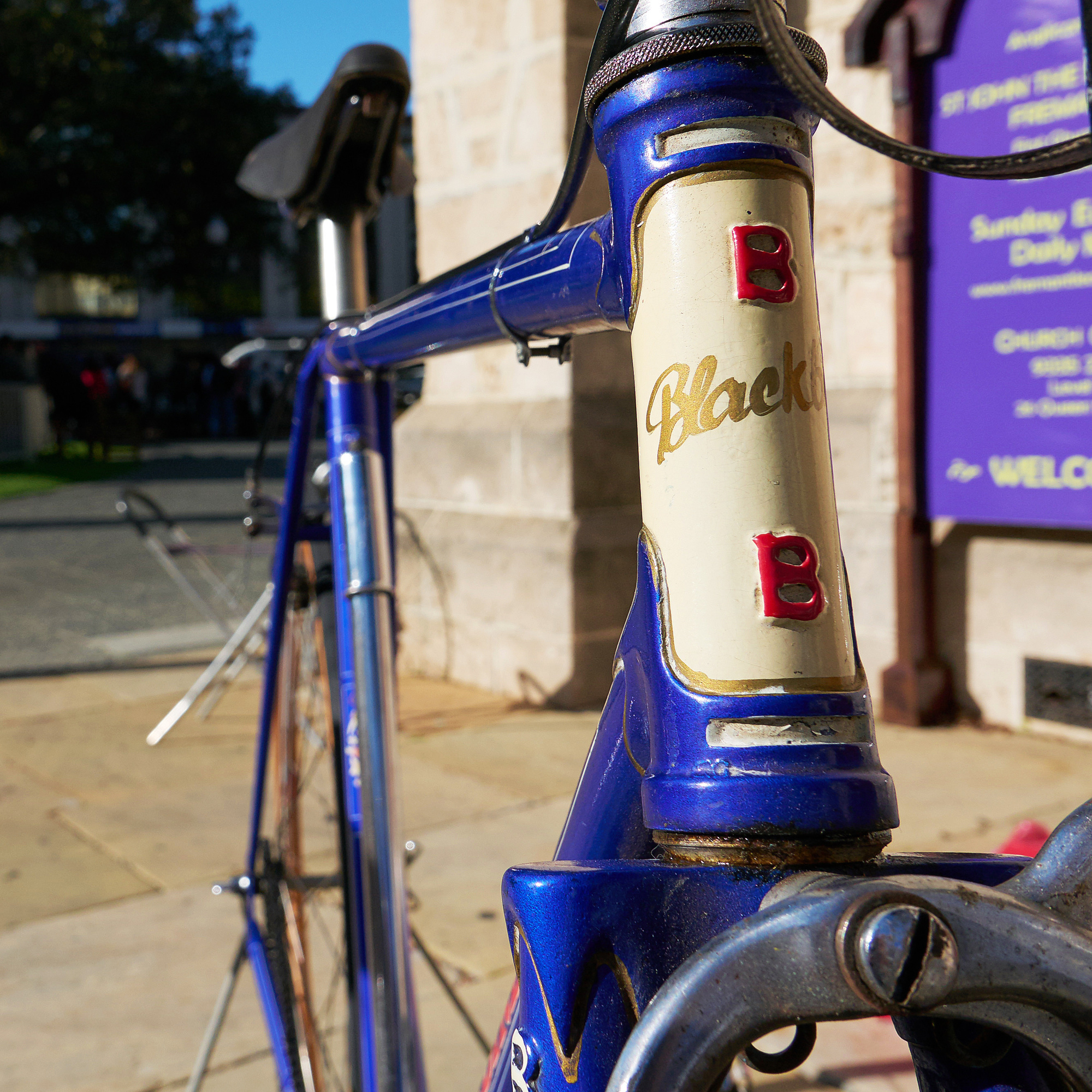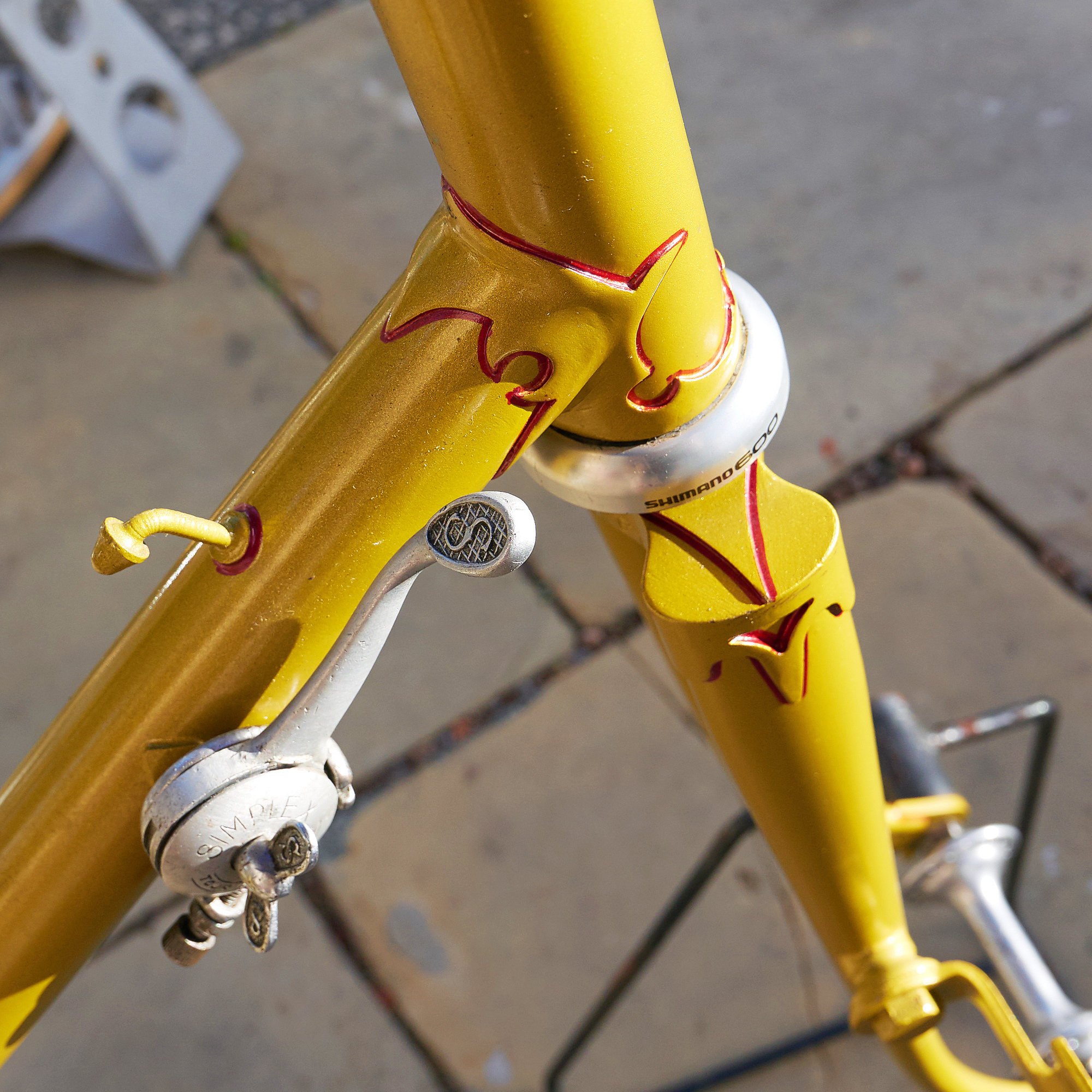Valda Unthanks Amazing Ride Adelaide-Melbourne Record Shattered
H.O.Balfe in The Referee, Oct 27th 1938
When you read about a young woman who smashes a cycling record over hundreds of miles, what is your reaction?
Do you visualise a hard-bitten, brawny, knotty-muscled ‘he-female’ with a weather-tanned face on which you could strike matches? If you do, you’re wrong; Joyce Barry; glamour girl of Australian distance cycling,proved that months and months ago. Now Mrs. Valda Unthank, latest to smash an inter-capital record with her amazing dash last week from Adelaide to Melbourne, follows suit.
They’re both charming feminine types, who look as if around of golf would be their most strenuous pastime.
In the years that have passed, our athlectic sisters have progressed from the adventure of a five miles ‘tour’ on mud-guarded, low-geared ‘wheel’, to track and road racing on the ‘bikes’ their brothers once regarded as sacred to them alone.
Although it is with Valda Unthank and her Adelaide Melbourne record of last week that this story is concerned, in the main it wouldn’t be chivalrous to disregard the others.
Joyce Barry, we know. Like Valda Unthank, she is ‘tops’ at the moment. Vera Harding and Anna Keenin,respectively 23-year-old brunette and 20-year-old blonde, who reached Melbourne last Saturday afterhaving ‘tandemed’ from Perth (W.A.), are right in thelimelight.
Pretty Elsa Barbour; first woman to set an Adelaide Melbourne record, and Mrs Price of Launceston Hobart fame, really pioneered the business of longdistance riding against time by women.
We take off our hat to them all. It seems incredible that they should possess the stamina, endurance andcourage to do what they’ve done but, there it is.
Valda Tells The Story
Had you listened to Valda Unthank’s laconic replies to my questions last Saturday, you might well have imagined that the riding of more than 400 miles and the smashing of an important record was nothing in her young life.
She left the general post office Adelaide at 5 o’clock last Wednesday evening ... rode right through to Melbourne without sleep ... and arrived at the G.P.O. Melbourne at 2.43 a.m. on Friday.
‘Did you have a good ride, Valda’?
‘Oh, yes, very pleasant.’
‘Any trouble on the way?’
‘No, only a puncture.’
‘How were the roads?’
‘Pretty bad on the SouthAustralian side, but splendidin Victoria.’
‘Were you troubled by head winds at all?
‘Oh no, I didn’t notice any.’
‘I suppose loss of sleep must have affected you?’
‘No, as a matter of fact, it didn’t. I had prepared myself for that.’
‘How did you go about that?’
‘Well, l did some longriding in training, and I made up my mind Iwouldn’t be sleepy.’
What a woman! Imagine getting home late andthinking she’d be fast asleep!
‘And what now? I understand there’s a record in Tasmania you’re going to attack?’
‘Yes, I believe there is. But I don’t know when, I leave that to the organisers. I’m just the bike rider, you know.’
What a woman! God’s gift to organisers. They make the plans, Valda does the rest.
Valda trained to a plan. Her friends plotted a route from Adelaide to Melbourne via Bordertown, instead of Adelaide-Melbourne via the Coorong - the track
other record attempters have traversed, and she rode over it once to make its acquaintance.
And Now - How She Broke The Record
On the advice or her, husband and Jack Dalton, Valda took things easily at the start. They wanted herto ‘warm up’ first. In the early stages, until she had climbed the Mount Lofty ranges, she only averaged about 13 miles an hour;
Gradually, increasing her speed, she soon maintained an average of 18 miles, an hour. The first 50 miles were covered in 3 hours 12min; 100 miles in 7.5.20;
150 miles in 11.56; 200- miles in 16.19; 250 miles in 19.12; 300
miles in 22 15; 350 in 25.15; 400 miles in 28.20; 450 miles in 32.0; and the full distance, 475 miles, in
33 hours 13 minutes. Valda covered the last 16 miles in 50 minutes, and when she dismounted at Melbourne
G.P.O. was fresh, though very leg-weary.
In this case, the record is reckoned as from post office to post office.
When Elsa Barbour made her record she rode by way of the Coorong,
Warrnambool, and Geelong covering 507 miles as against Valda’s 475.1.
Elsa’s time, 71 hours 36 minutes undoubtedly was a very meritorious ride. What is more to the point, however, is that Valda’s time bettersby 13 hours 14 minutes the Adelaide
Melbourne record time for men, 46 hours57 minutes made by Ted Waterford in his
Melbourne-Adelaide-Melbourne recordin 1934. This is the official record for men
for the Adelaide Melbourne ride. It was made on a course of 543 miles.
Valda Unthank’s ride was checked officially by Mrs. N. Smith, who followed
throughout by car as representative ofthe Victorian Women’s Amateur Cycling
Association. Incidentally, Valda is hon. secretary of the Australian Women’s Amateur Cyclists’ Union, and also is an official of the Victorian Tourists’Association.
As capable a rider on the track as she is on the roadshe is holder of the following records; Victorian quarter mile (board track), 32 1/5th sec; Melbourne-Nyah (240 miles), 15.28.23: Sale-Bairnsdale (45 miles), 2.18; Melbourne-Wonthaggi (85 miles) 4.51.30; Melbourne- Wonthaggi-Melbourne (174 miles), 10.13; tandem, Sale-Bairnsdale, 2.7.31; one mile, tandem, 1.23.
After enjoying a short spell, Valda Unthank will go to Tasmania where she will attack major long-distance records and carry out official duties on behalf of theAustralian Union.


